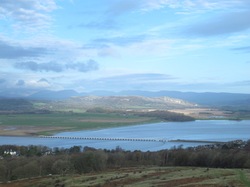 The Kent Viaduct
The Kent Viaduct In Bottoms Wood and approaching Wood Well Cliff there were information boards telling how coppicing works and of the wildlife to be found hereabouts. I photographed them because it’s a habit I’ve developed whilst writing Cumbrian Contrasts. Easier to study them back home. How do we know what to look for and what’s special about a place. We engaged with Wood Well Cliff in a wholly different way because of that interlude with the working party. They were busy all through the wood so for half an hour we kept meeting more and more of them, stopping to chat and to admire their creation of new habitat in wood piles of fresh-cut branches. The young warden shed light on the place on a late November day when one of the signs of spring was hazel catkins fully formed and ready to hibernate until the days grew longer once more. He talked of a wealth of nature we were never going to see in November. That’s what conservationists must seek to do, to bring the place alive for us even when it’s quiescent. Something amazing will burst forth out of that winter sleep. Until then, we have to imagine it.
Our walk took us to the shore but we did not linger there to explore. Something on my list is samphire in late autumn. I’ve found it here before but not at this season and it’s said to turn a beautiful rosy colour. Next time perhaps.
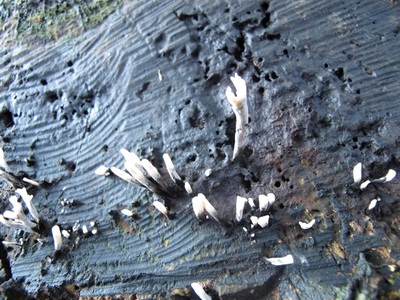
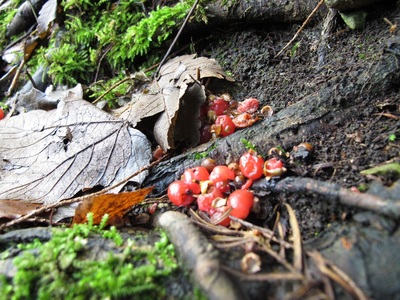
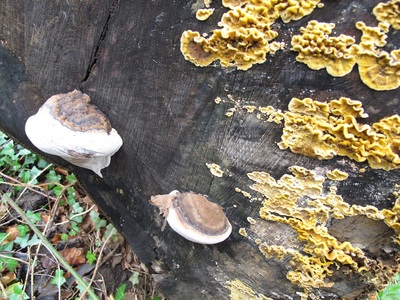
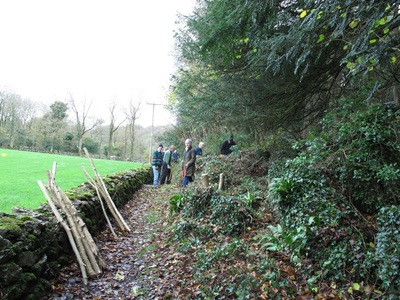
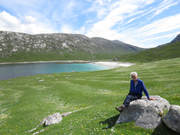
 RSS Feed
RSS Feed